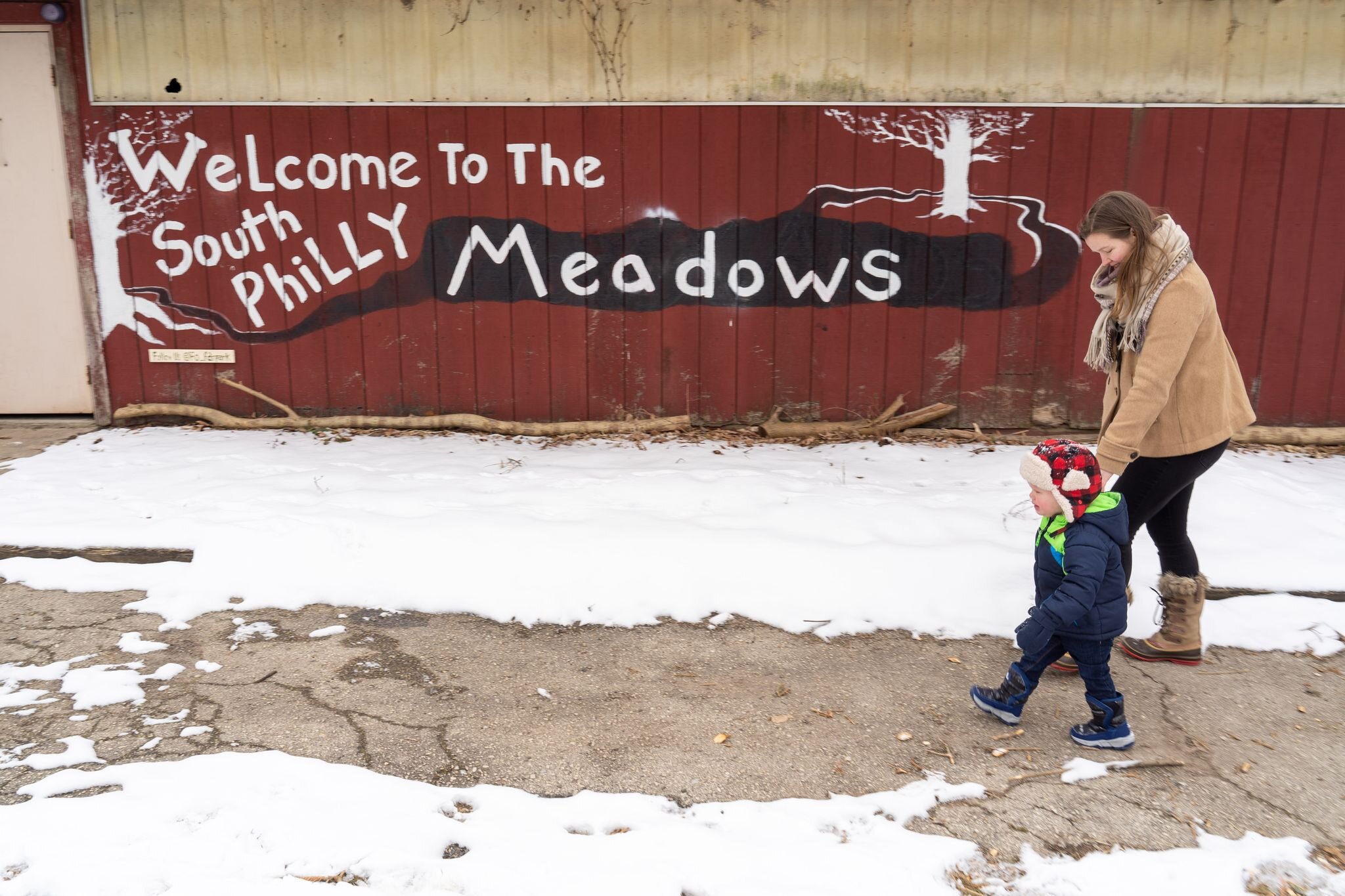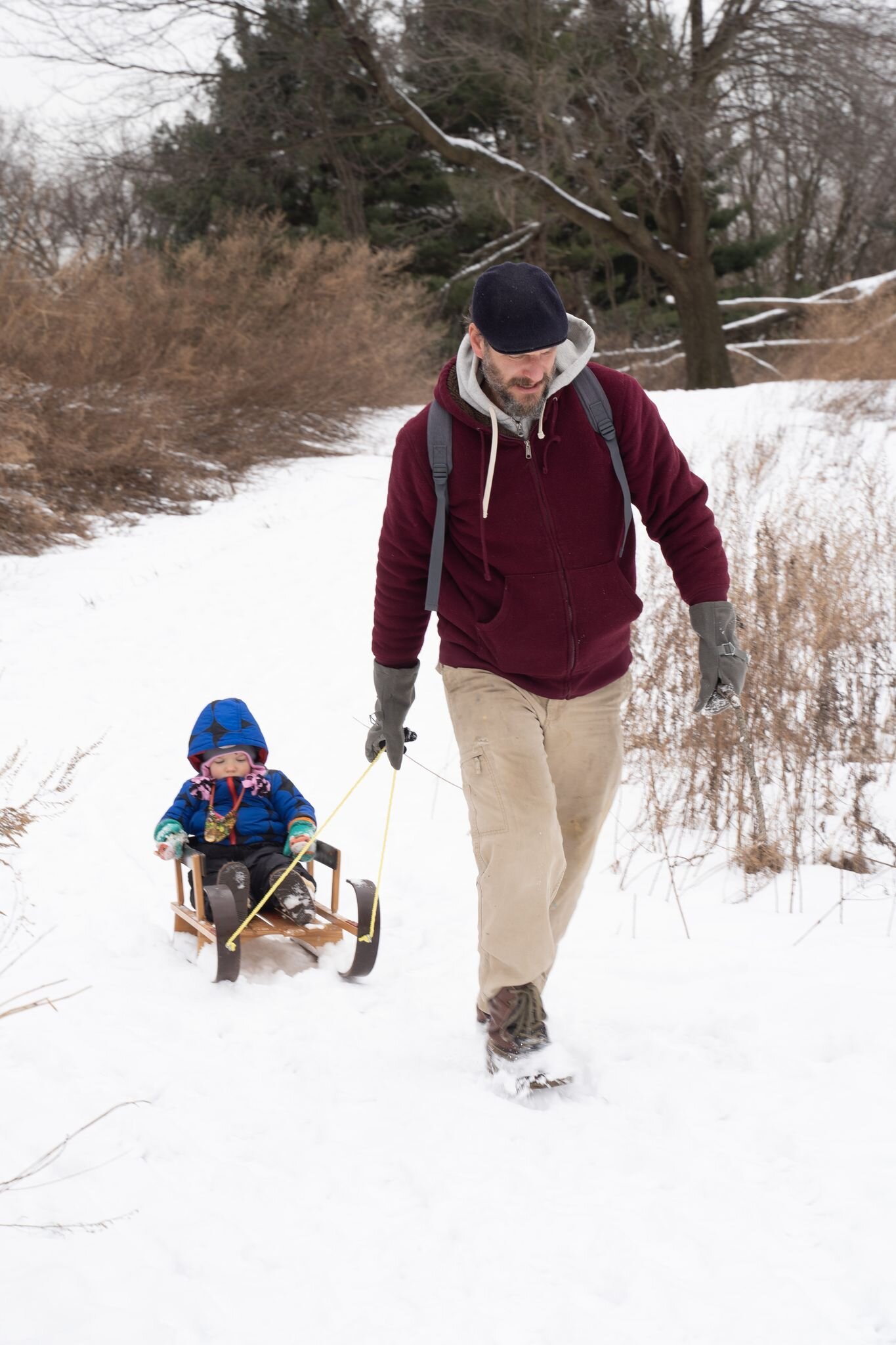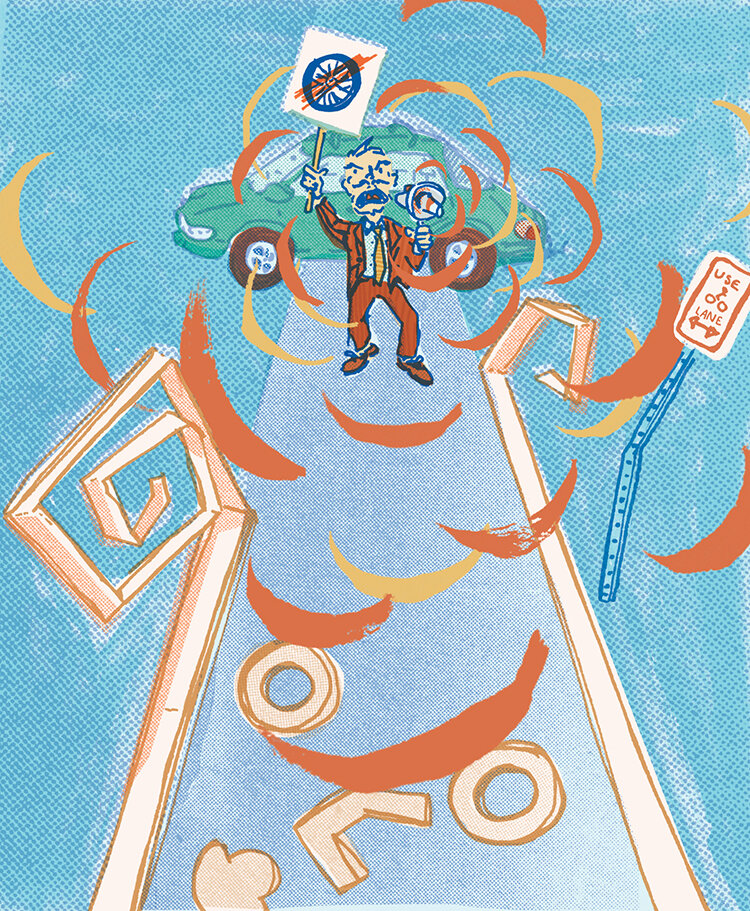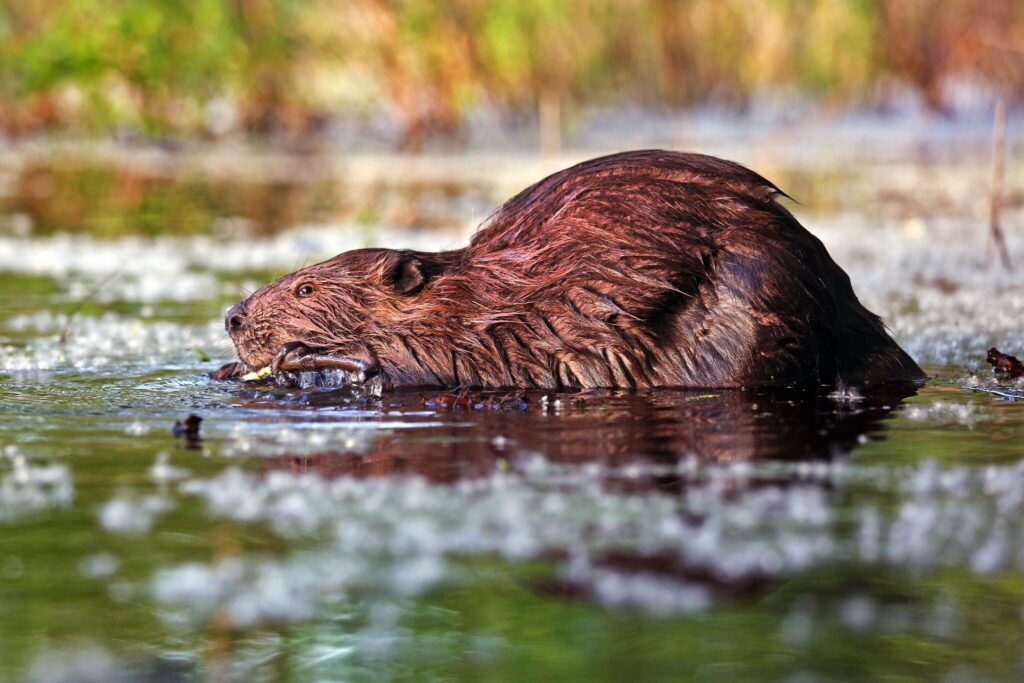Even in the before-times, I was always looking for an excuse to get outside.
My bike commute from Walnut Hill to Washington Square was often the most satisfying part of my day. I slipped out at lunch to birdwatch in Independence National Historical Park. And the weekends found me herping, or doing my best to find snakes, salamanders and turtles around the city.
A normal spring would have me swearing at all the people who thoughtlessly expected me to show up to birthday parties, brunches and cookouts, when clearly we all should be hiking in the woods!
Last March, though, all social engagements were cancelled and “outside” was one of the few places we were allowed to be.
My family certainly had our favorite go-to spaces like Houston Meadow or the John Heinz National Wildlife Refuge, but we made a point of exploring new green spaces around the city as well. For example, we tried out Fairmount Park West, where it turns out there are a lot of trails.
“We would not normally have been going hiking on a Tuesday morning, but that’s our thing now.”
—Debra Lytle, Point Breeze resident
We were not alone in getting outside. When the lockdown started, Lauren Umlauf of East Passyunk started taking her three children to the Navy Yard.

“We were going to this one patch of trees and climbing the trees every day. It was great to see how fulfilling it was, when all we were around was trees,” she says. As the lockdown and social distancing became routine, Umlauf and her family added more parks to the itinerary.
Debra Lytle and her husband found themselves trying to work full-time from home with their toddler, Teddy, in a Point Breeze rowhouse. Whoever was on childcare duty usually headed outside in the morning, often to FDR Park, the John Heinz Refuge or the Grays Ferry Crescent Trail Park.
“We would not have normally been going hiking on a Tuesday morning, but that’s our thing now,” says Lytle.
All of these extra outdoor excursions added up. Throughout the state, state parks saw around 7.4 million more visitors between March and September than the year before. Similarly, Philadelphia Parks & Recreation estimated a 50% jump in visitors to city parks in 2020.
In April Wissahickon Valley Park saw a surge in visitors that looked more like the typical summer peak. Parking lots filled up, and the Friends of the Wissahickon actually asked people to stay away.
As routine travel like work commutes and vacations dwindled, nature lovers shifted their activities closer to home. I found myself slipping out of the house with my binoculars and heading to Malcolm X Park, four blocks from my house, whenever I needed a break. Though the park is thoroughly landscaped and busy with human activity, I’ve managed to spot at least 40 species of birds there.
Jason Weckstein, ornithologist at the Academy of Natural Sciences of Drexel University, informs me that I have been “patch birding,” visiting a single place repeatedly and getting to know its birds particularly well. “For some people a patch might be their yard, for some people it might be a particular park,” Weckstein explains.
A parkgoer tows his daughter on a sled.
Weckstein’s patch is Shortridge Memorial Park in Wynnewood, a small strip of green along Indian Creek. Along with impressive species like golden eagles soaring overhead, Weckstein has found a community of local birders. “A girl who lives near the park has a sign on her house about what birds she’s seen,” Weckstein says. “It became a way to meet neighbors.”
Patch birding has become a worldwide trend. Record numbers of birders have been downloading the eBird app, a citizen science platform for documenting birding observations; at the same time, observation totals have fallen in vacation hotspots like Hawai’i.
Birders aren’t the only nature lovers who have shifted closer to home.
Lori Hayes, director of urban forestry for Parks & Recreation, hasn’t been to her Center City office since March 2020 and has had to quarantine at home three times since then. With more time at her home in Germantown, she started cultivating plants there. “I harvested carrots for Thanksgiving and I have rediscovered house plants. It’s in my heart to grow things,” Hayes says.
As much as nature has been a refuge during the pandemic, social distancing has made it less enjoyable for many of us who miss the communal side of the outdoors.
“My passion for wildlife is 50% how awesome the flora and fauna is and 50% telling other people how awesome the flora or fauna is,” says wildlife biologist Jakub Zegar. “Finding a salamander is like unlocking an entire new universe for people, and I haven’t been able to do that.”
With thousands of Americans still dying every day from COVID-19, the pandemic is far from over. But as vaccination efforts ramp up, it is becoming easier to imagine what we’ll do once it’s all over. And it’s hard to contemplate losing our time spent outdoors.
“I do think some serious life shifts have happened,” Umlauf says, “ … I realize I don’t want our family to go back to that pace of life. We think a lot about saving to buy land outside of the city and splitting our time a bit that way.”
Lytle agrees.
“I hope we don’t have to go back to the way it was before,” says Lytle. “I hope that work-life moving forward includes more flexibility, so I might be able to take my son to a park on a Tuesday morning and still keep my job.”









